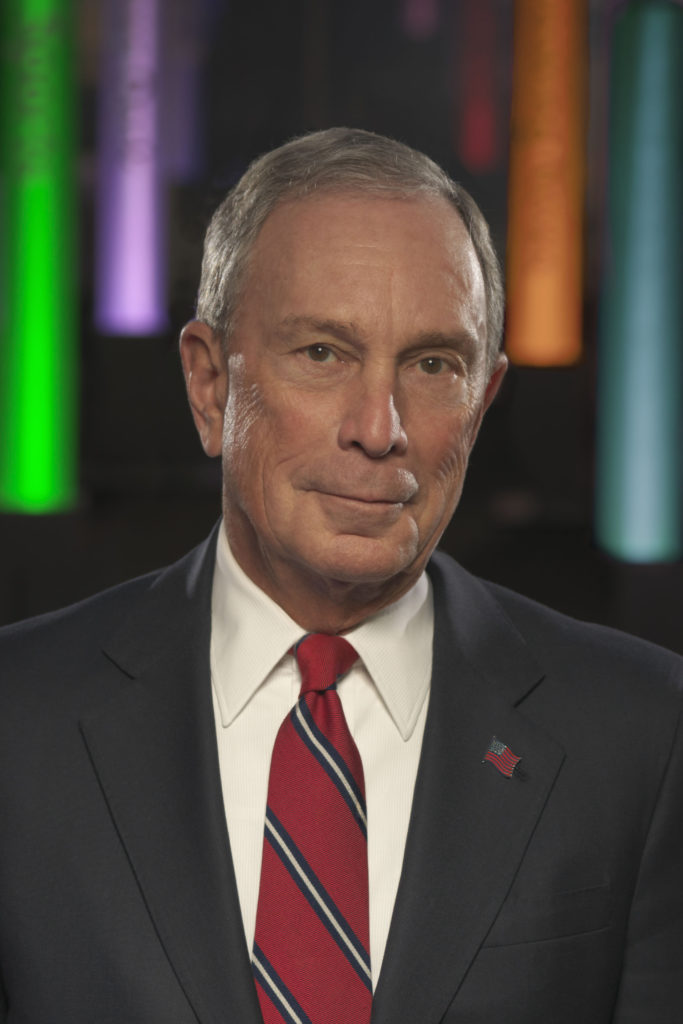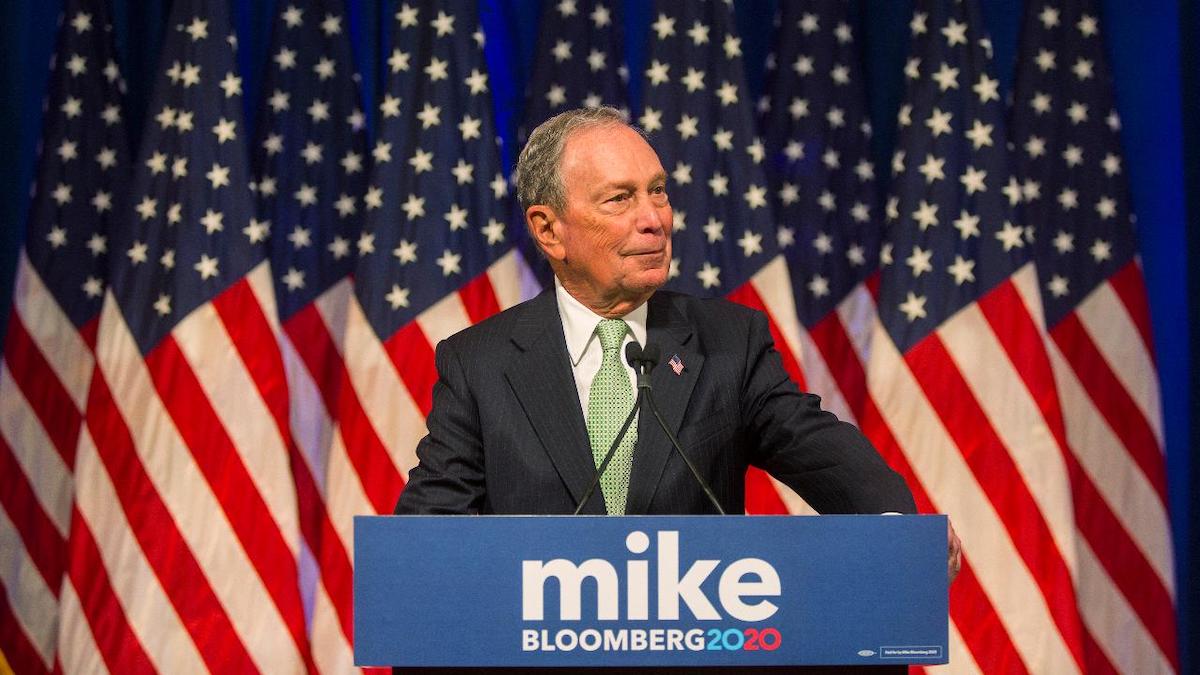Washington, D.C., Dec. 19 – Former New York City Mayor Michael Bloomberg has officially announced that he is running for president in the democratic primary. But how is his campaign doing on including people with disabilities?

For a presidential campaign to be fully inclusive of people with disabilities, it needs to meet the following requirements, at a minimum: (1) offer captioning with every video it shares or produces, (2) mention people with disabilities and their issues, (3) depict people with visible disabilities in its media, (4) reach out to and fully include the disability community, and (5) provide accessible campaign events, social media, documents and website. Bloomberg’s campaign has room for improvement, but there are some positive signs that the campaign is trying to be inclusive.
Bloomberg’s campaign launch video doesn’t depict people with visible disabilities, and his Getting Stuff Done policy page does not mention disability. And on social media, photos posted by the campaign do not have image descriptions or Alt Text included.
But while Bloomberg is behind in some areas, in others, he is far ahead. His website launched with alternative text or image descriptions for every photo on the site. This is a huge win for accessibility, as alternative text and image descriptions enable people who are blind or have low vision to understand what the images contain and represent.
Additionally, the initial Bloomberg campaign announcement video on YouTube has captions that have been edited to ensure accuracy. Videos on Bloomberg’s social media profiles also have accurate captions. Captions allow people who are deaf or hard of hearing to watch campaign videos.
Finally, Bloomberg’s campaign website is one of only a few to include an accessibility statement. The statement says: “Mike Bloomberg 2020 is committed to ensuring digital accessibility for people with disabilities. We are continually improving the user experience for everyone, and applying the relevant accessibility standards.”
In addition, the following candidates include accessibility statements on their websites: Joe Biden, Cory Booker, Elizabeth Warren and Andrew Yang. It is a great sign to see this commitment to digital accessibility from these campaigns, and hopefully more candidates follow their lead on this issue.
A recent survey shows that fully three-quarters of likely voters either have a disability themselves or have a family member or a close friend with disabilities. Thus, if Mayor Bloomberg wants to succeed in his campaign, he must represent all Americans, especially those with disabilities.
Voter research conducted by RespectAbility shows how disability issues connect to all aspects of American life. It is in the best interest of every presidential candidate and the citizens of this country for candidates to recognize disability issues during their campaigns.
“Candidates for office ignore the disability community at their peril,” said former U.S. Representative and Dallas Mayor Steve Bartlett. Bartlett, who was a primary author of the Americans With Disabilities Act of 1990, is the board chair of RespectAbility. “People with disabilities are politically active swing voters, and candidates should take note of the important issues they care about.”

[…] Businessman Tom Steyer received his first score this round, at 2.60. Former New York City Mayor Michael Bloomberg’s website has not been examined by Miami Lighthouse, but learn more about his accessibility initiatives on The RespectAbility Report. […]